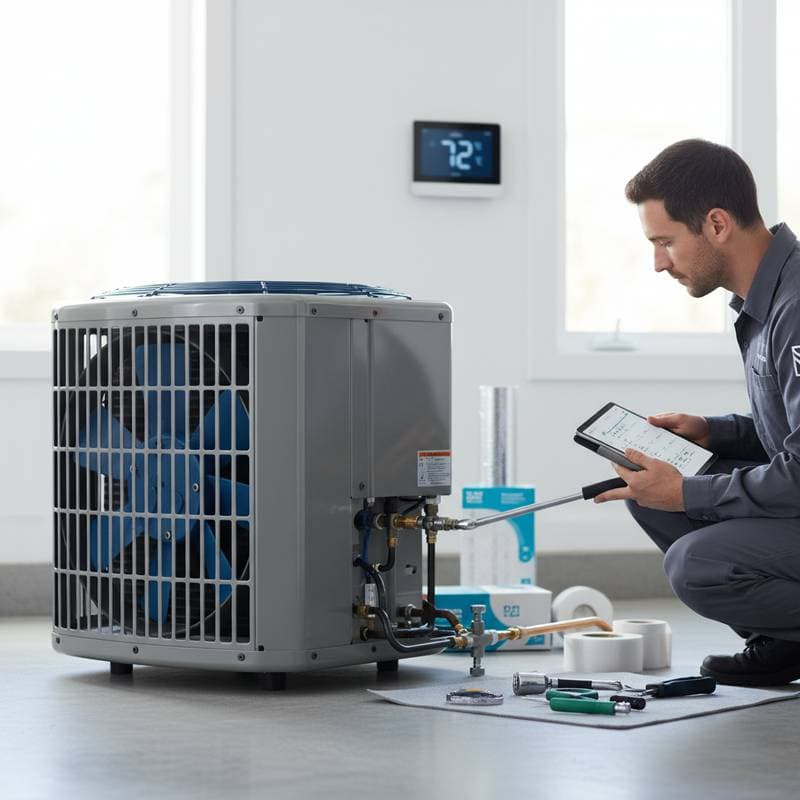AI Design Tools vs Pro Designers: Speed or Precision
AI design tools offer quick, affordable visualizations for home projects, yet professional designers ensure expert precision and compliance. Combining both yields efficient, high-quality results tailored to your vision and needs.



















